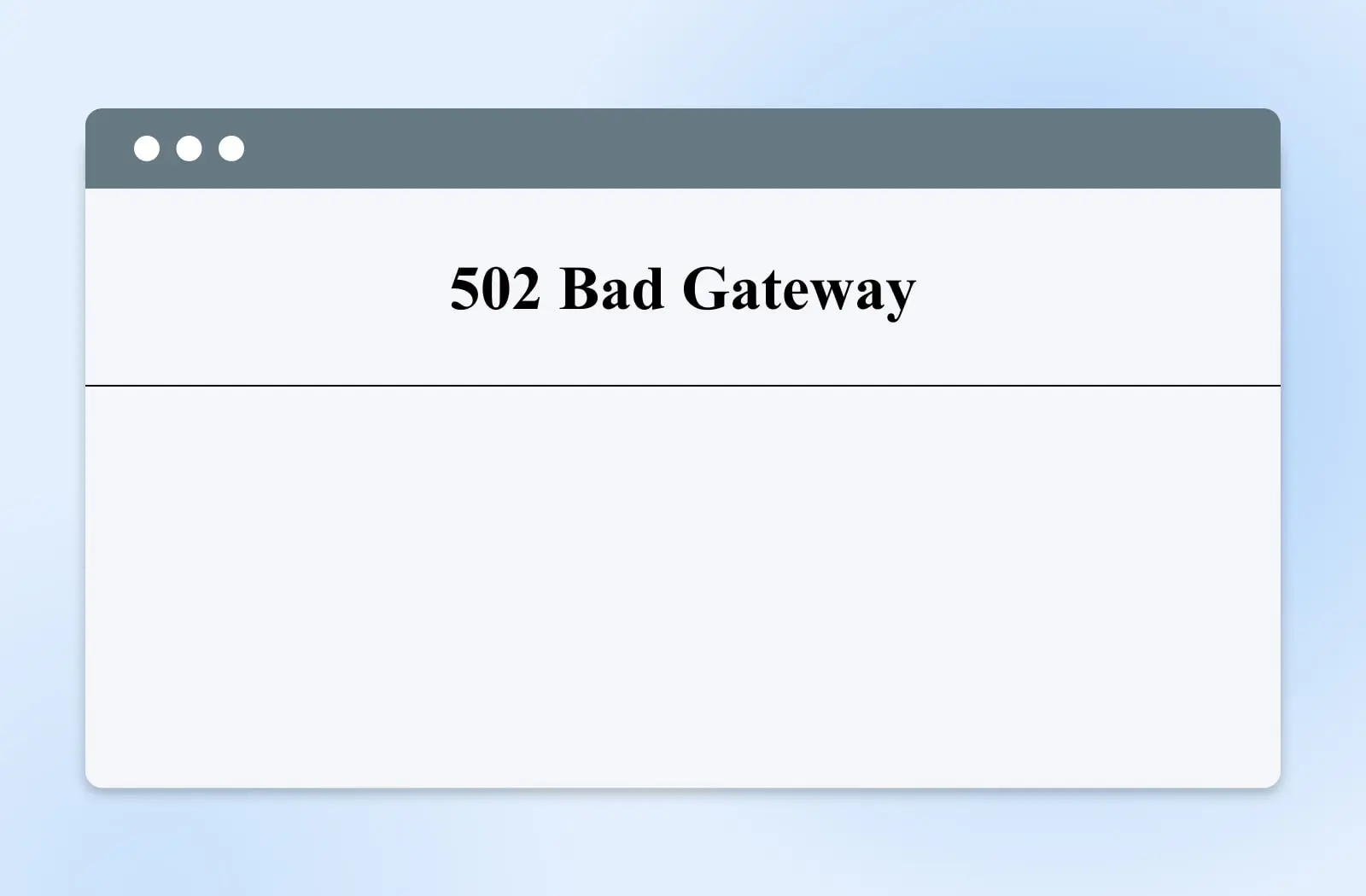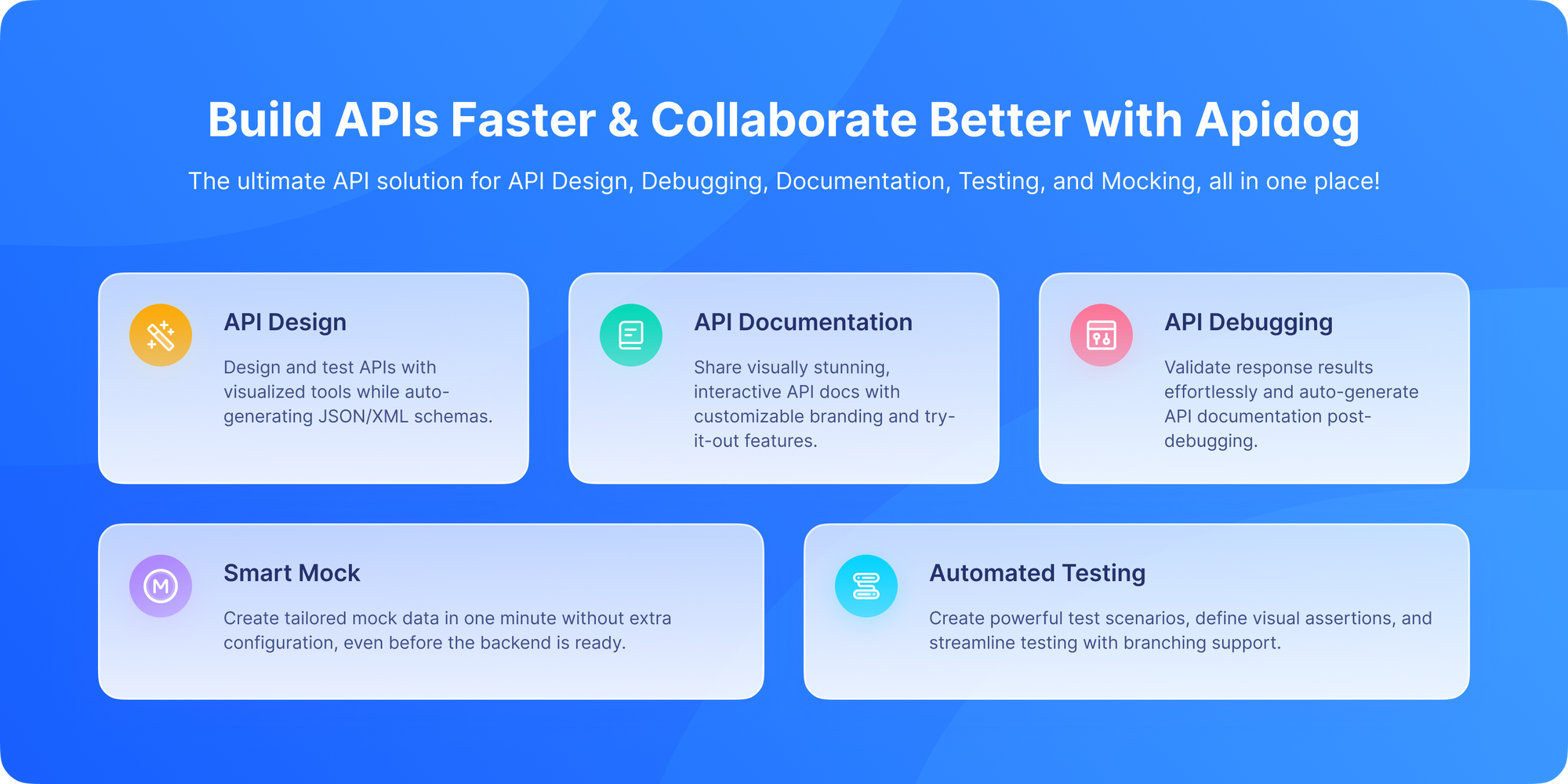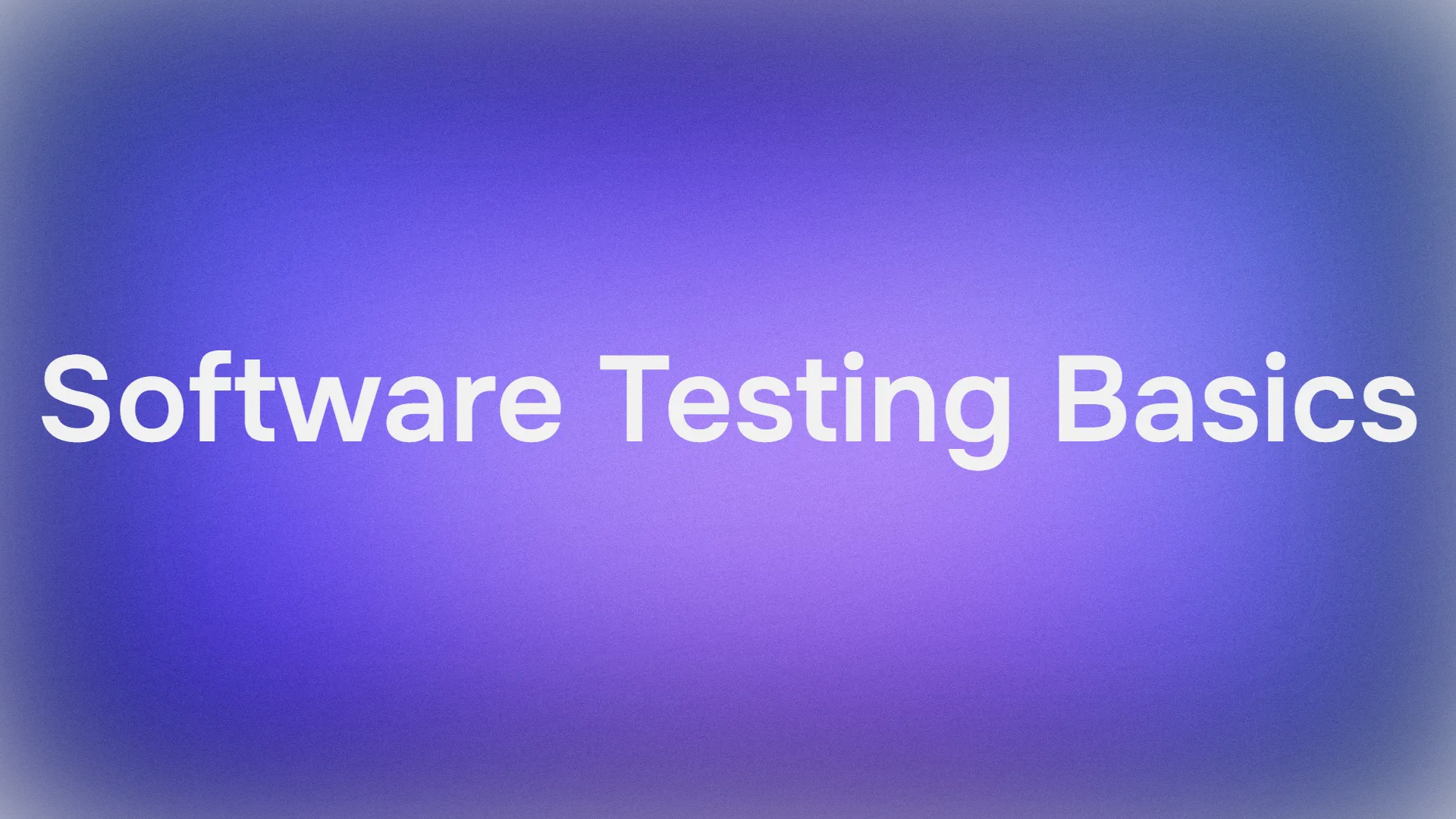You're in the zone. You finally found that perfect recipe, you're scrolling through a fascinating article, or you're just about to complete a crucial purchase online. You click a link or hit "submit," and instead of the next page loading smoothly, you're greeted with a cold, stark message: 502 Bad Gateway.
A wave of frustration hits. What does that even mean? Is it your fault? Is the website broken? And more importantly, how can you troubleshoot and fix it effectively? For a moment, you feel completely powerless. You hit refresh, again and again, hoping it's just a temporary glitch, but the dreaded 502 persists.
If you've spent any time on the internet, you've undoubtedly met this particular error. It's one of the most common and often one of the most confusing HTTP status codes out there. Unlike a 404 ("Page Not Found"), which is pretty straightforward, a 502 is a server-side issue that feels vague and mysterious.
But here's the good news: it's not as mysterious as it seems. In fact, once you understand what's happening behind the scenes, the 502 Bad Gateway error becomes a valuable clue, not just a frustrating roadblock.
This blog post will walk you through everything you need to know about the 502 HTTP status code in a clear, conversational tone. Whether you’re a developer digging into server logs or a curious user who just wants to understand what’s going on, this guide has you covered. Plus, discover how the free tool Apidog can help you test and debug your APIs to prevent headaches caused by errors like 502.
Now, let's pull back the curtain and demystify the 502 Bad Gateway error once and for all.
Want an integrated, All-in-One platform for your Developer Team to work together with maximum productivity?
Apidog delivers all your demands, and replaces Postman at a much more affordable price!
What Exactly is a 502 Response Code (Bad Gateway Error)?

To understand a 502, we first need to understand the typical journey of a web request. It's rarely a simple one-on-one conversation between your browser and a single application server. Modern websites are complex, often involving a whole chain of services. Let's get the textbook definition out of the way. The HTTP 502 Bad Gateway response status code indicates that the server (acting as a gateway or proxy) received an invalid response from an upstream server while attempting to fulfill the request. More technically, if your web server or API gateway passes your request to another server but that server responds incorrectly, times out, or isn’t reachable, your browser or client will get a 502 Bad Gateway error.
Imagine you're at a post office sending a package, but the clerk (gateway) calls another department (upstream server) to check the details and gets back nonsense or no response at all. The clerk then tells you, "Sorry, I can't process your package because of bad information." That's the essence of the 502 error.
In simpler terms: The middleman server asked the worker server for something, but the worker server sent back garbage, nothing at all, or something completely unexpected.
The key takeaway is that the 502 error is generated by the intermediary server (the gateway), not the origin server itself. The origin server might be down, but it might also be sending a response that the gateway can't understand.
Why Is It Called "Bad Gateway"?
The term comes from the gateway role in HTTP communication.
- A gateway is a server that acts as a middleman between the client and another server.
- When that gateway receives a bad (invalid, empty, or corrupted) response from the upstream server, it sends back a
502.
Think of it like ordering food through a delivery app:
- You place the order (client request).
- The delivery app (gateway) forwards it to the restaurant (server).
- The restaurant doesn't reply properly, so the delivery app tells you, "Bad Gateway."
Why Does This Happen? The Common Causes Behind a 502
A 502 error is a symptom, not a disease. The "disease" is a breakdown in communication between the gateway and the backend. Here are the most common reasons for that breakdown.
1. The Backend Server is Down or Unreachable
This is the most straightforward cause. The application server (the chef) has completely crashed, run out of memory, or is otherwise offline.
- The Gateway's Perspective: The waiter goes to the kitchen door and finds it locked. There's no response at all. After waiting for a bit (according to its timeout settings), the waiter gives up and comes back to tell you, "502 Bad Gateway."
2. The Backend Server is Overloaded or Timing Out
Sometimes the server isn't fully down but is so overloaded with requests that it can't respond in time.
- The Gateway's Perspective: The waiter goes to the kitchen and sees the chef is swamped with orders. The waiter stands there waiting, but the chef is too busy to even acknowledge the order. The waiter's timer runs out, and they return to you empty-handed, resulting in a 502.
3. Misconfigured Gateway or Firewall
Incorrect settings on the proxy server itself or a network firewall can block communication or misinterpret responses.
- The Gateway's Perspective: The waiter has the wrong instructions on how to talk to the kitchen. Maybe they're going to the wrong door, or the kitchen is trying to respond in a language the waiter doesn't understand. The communication fails.
4. DNS Issues
The gateway server uses DNS (Domain Name System) to find the backend server. If the DNS records are incorrect, pointing to the wrong IP address, or failing to resolve, the gateway can't even find the backend server to talk to it.
- The Gateway's Perspective: The waiter is told to take the order to "Chef Charlie," but no one in the restaurant knows who Chef Charlie is. The request goes nowhere.
5. Invalid or Corrupted Response from Backend
This is a more subtle issue. The backend server is running and sends a response, but the response is malformed, incomplete, or has headers that the gateway considers invalid.
- The Gateway's Perspective: The chef hands the waiter a completely burnt, unrecognizable dish. Or maybe the chef just hands over an empty plate. The waiter knows they can't serve this to a customer, so they come back and say the kitchen gave them an invalid response, a 502.
Common Messages Associated With 502 Errors
Depending on your browser, web server, or service provider, 502 errors can appear in various ways, but they all mean something went wrong between servers. Examples include:
- 502 Bad Gateway
- HTTP Error 502 – Bad Gateway
- 502 Proxy Error
- 502 Service Temporarily Overloaded
- 502 Server Error: The server encountered a temporary error and could not complete your request
- Cloudflare 502 Bad Gateway or 502 cloudflare error
Even popular websites like Twitter, Gmail, or Google have encountered 502 errors during outages.
502 vs. Other 5xx Errors: Knowing the Difference
It's easy to mix up server errors. Here’s a quick cheat sheet:
- 500 Internal Server Error: The backend server itself encountered an unexpected error while processing the request. The gateway received this error from the backend. (Problem: Backend application code bug)
- 501 Not Implemented: The server doesn’t support the requested functionality.
- 502 Bad Gateway: The gateway got an invalid response from the backend. (Problem: Backend communication)
- 503 Service Unavailable: The gateway knows the backend is temporarily unavailable (e.g., down for maintenance). This is often more intentional than a 502. (Problem: Backend overloaded or down, but the gateway knows about it)
- 504 Gateway Timeout: The gateway waited too long for a response from the backend and gave up. This is a specific type of communication failure where the backend is silent or too slow. A 504 is a subset of possible 502 causes. (Problem: Backend timeout)
In short:
- 502 = Bad response
- 503 = No response (server down)
- 504 = Slow response (timeout)
So while all of these are server-side, 502 is specifically about bad communication between servers.
How 502 Affects APIs and Web Applications
For developers, 502 errors are more than just annoying; they can disrupt entire systems.
- APIs: A
502can break integrations and return empty data. - Web apps: Users may see blank screens or error pages.
- E-commerce: Failed checkouts and abandoned carts.
- Mobile apps: Network errors and failed API calls.
That's why catching and fixing 502 errors quickly is so important.
Troubleshooting Steps for Developers
If you encounter a502, here's how to debug it:
- Check server logs: Look for backend server errors, crashes, or timeouts.
- Test upstream servers: Make sure they respond directly.
- Verify DNS resolution: Ensure the gateway resolves domains correctly and DNS settings aren't blocking traffic.
- Inspect firewall/load balancer rules: Look for blocked requests.
- Restart services: Restart web servers, app servers, or databases.
- Use monitoring tools: Track response times and failures.
How to Prevent 502 Errors: Proactive Measures
An ounce of prevention is worth a pound of cure. Here's how to build a more resilient system.
- Implement Health Checks and Load Balancing: Use your gateway or a dedicated load balancer to regularly check the health of your backend servers. If a server fails its health check, the gateway automatically stops sending traffic to it, preventing 502s for all users.
- Use Process Managers: For application servers (like Node.js or Python apps), don't run them naked. Use a process manager like PM2 or Supervisord. These tools can automatically restart your application if it crashes, dramatically reducing downtime.
- Monitor Resource Usage: Set up monitoring alerts (with tools like Datadog, Prometheus, or Grafana) for high CPU and memory usage on your servers. This gives you a warning before a server becomes overwhelmed and starts failing.
- Implement Robust Error Handling: Code your backend applications to catch errors gracefully and always return a valid HTTP response, even if it's a 5xx error. A clean 500 is better than a malformed response that causes a 502.
- Test Your Infrastructure: This is where a tool like Apidog becomes incredibly powerful. You can use Apidog to create automated test suites that simulate user traffic.
- You can create tests that call your API endpoints and assert that they return a
200 OKand not a502. - You can use Apidog's Mock Servers to simulate a failing backend during development, allowing you to see how your gateway handles invalid responses before you deploy to production.
- By testing your API contracts rigorously with Apidog, you ensure your frontend and backend communicate correctly, reducing the chance of malformed responses.
What to Do as an End-User When You See a 502
If you're not the site administrator, your options are limited, but you're not completely helpless.
- The Classic Refresh: Sometimes, it really is a temporary glitch. A quick refresh (F5 or Ctrl+R) might solve it.
- A Hard Refresh: Clear your local cache by doing a hard refresh (Ctrl+F5 or Cmd+Shift+R on most browsers). This ensures you're not loading a corrupted cached asset.
- Check Later: If the problem persists, the best course of action is often to just wait. The company's ops team is likely already scrambling to fix it. Check the site's status page or social media for updates.
- Check Your Connection: Rarely, a misconfigured local network or firewall can cause issues that mimic a 502. Try connecting from a different network (e.g., switch from Wi-Fi to mobile data) to see if the problem persists.
How Apidog Helps You Manage and Debug Errors Like 502

When working with APIs or complex infrastructures where 502 errors can appear, having robust testing and debugging tools is crucial. It's not enough to just know a 502 occurred. You need to test and reproduce it effectively. Apidog is a free API testing and management tool designed to:
- Simulate various API requests to observe how gateways and backends respond.
- Debug failed requests and error codes like 502 with detailed request/response logs.
- Automate tests to validate API and gateway reliability in development and staging.
- Generate comprehensive API documentation to help developers understand expected behaviors.
- Collaborate with your team by sharing test collections.
By using Apidog, teams can proactively detect and mitigate potential causes of 502 errors before they impact users. Instead of scratching your head when you see 502 Bad Gateway, Apidog helps you pinpoint the cause faster.
Best Practices to Prevent 502 Bad Gateway Errors
Prevention is better than cure. Here's how to minimize 502 issues:
- Use reliable upstream servers: Make sure your dependencies are stable.
- Implement retries: Automatically retry failed requests.
- Monitor infrastructure: Track CPU, memory, and network usage.
- Load test your systems: Ensure they handle peak traffic.
- Graceful error handling: Show user-friendly error messages.
- API gateways: Use gateways like Apidog for structured API testing and validation.
User Experience Impacts of 502 Responses
From a user's perspective, a 502 error is frustrating. It often leads to:
- Abandoned sessions.
- Loss of trust in the service.
- Poor SEO rankings (if search engines crawl 502s).
That's why fixing 502 errors quickly is not just a technical necessity, it's a business requirement.
Future of Server Communication and Gateway Errors
As systems move toward microservices and API-first architectures, communication between servers becomes more complex. Unfortunately, that also means gateway errors like 502 may become more frequent.
However, better observability tools, smarter load balancers, and platforms like Apidog will make diagnosing and handling them easier.
Conclusion
So, what is a 502 response code?
It's the Bad Gateway error that happens when a server acting as a middleman gets an invalid response from another server. While it's classified as a server-side issue, it often results from misconfigurations, DNS issues, or overloaded upstream systems.
The 502 Bad Gateway error, while frustrating, is a clear signal a cry for help from within your infrastructure. It's not a random failure but a specific report of a broken link in the chain between your gateway and your application server.
For developers and testers, the key is not just recognizing a 502 but understanding its root cause. By understanding its causes, knowing how to troubleshoot it methodically using server logs, and implementing proactive strategies like health checks, monitoring, and rigorous API testing with tools like Apidog, you can transform this dreaded error from a frequent nightmare into a rare and easily solvable event.
Remember, a 502 isn't the problem; it's the symptom. Your job is to be the doctor who finds the underlying illness and cures it, restoring smooth service and happy users.



